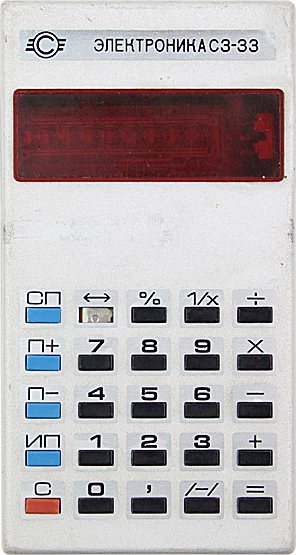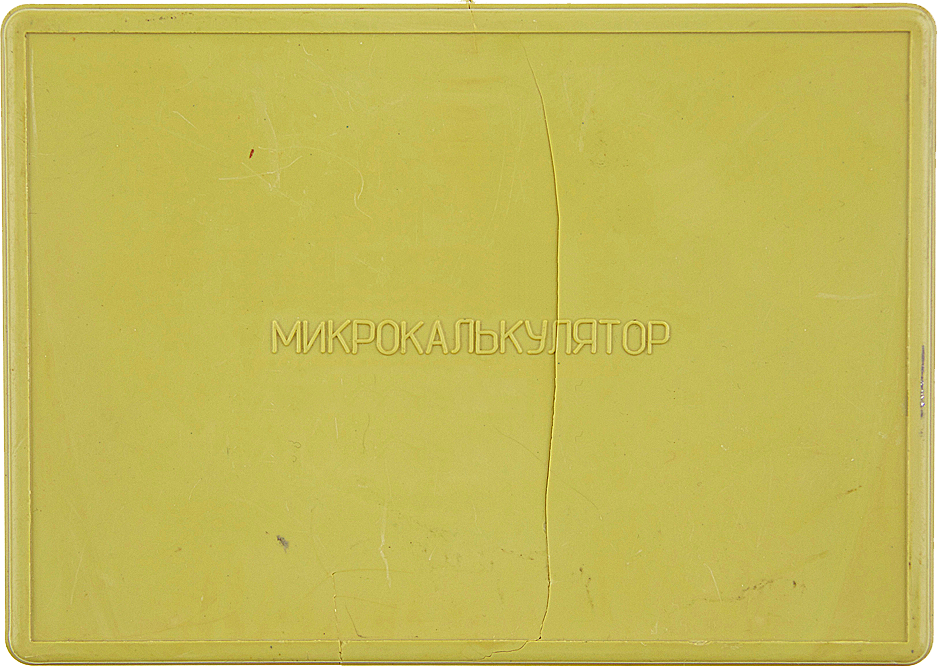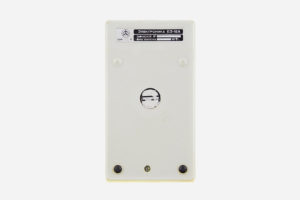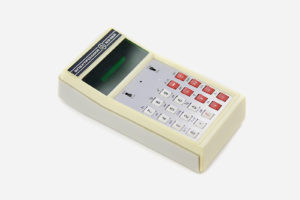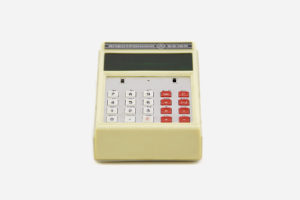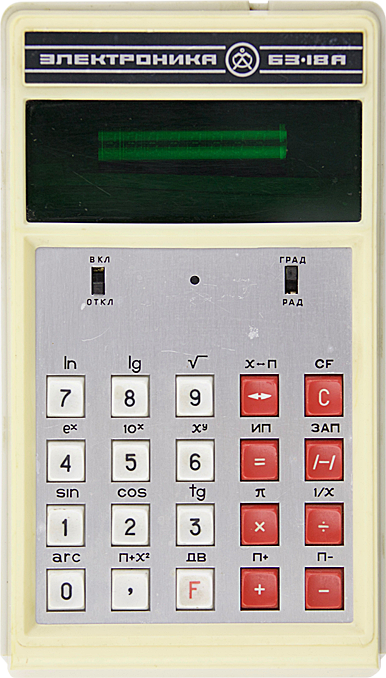
B3-18A used a nine-digit vacuum fluorescent mono display for indication purposes, with indicators enclosed within a single glass envelope rather than scattered across the printed circuit board. The display was capable of indicating number signs and integer overflows.
The entire calculation logic is encased in K145IP7P, a tiny one-chip MOS LSI.
Below is an excerpt about B3-18A from the article “Fantastic Electronics” published in the science magazine “Nauka i Zhizn” (No. 10, 1976):
“This new calculator has crossed the Rubicon of arithmetics, with mathematical capacities making a foray into the realm of trigonometry and algebra. Electronica B3-18 can calculate squares and square roots in a blink of an eye, produce exponentiation with eight-digit exponents in just two steps, as well as compute multiplicative inverses, logarithms and antilogarithms (decimal and natural), and trigonometric functions. It does it all without using the memory unit or resorting to the reference data. For example, in order to calculate a sine, the calculator uses a built-in programme to perform dozens of arithmetic operations drawing on the well-known Taylor series.
Electronica B3-18 has some 10,000 transistors, 8,000 resistors, 1,000 capacitors and 25,000 connectors. For comparison, a transistor radio has around 100 elements, whereas a TV set employs about 1,000 elements. All these transistors, resistors, capacitors and connectors sit on a thin silicon plate measuring 5✕5.2 mm. Just think about it: some 500 TV sets fitting into one single cell of arithmetic paper! Incredible, indeed!”
For power supply the microcalculator can use both a built-in rechargeable battery and a line adapter serving as its charger.
Sources: http://bigmuseum.ru/evm-pk-komplektuyushhie/kalkulyatory/mikrokalkulyator-elektronika-b3-34-rukovodstvo-po-ekspluatacii-instrukciya-foto-sxema.html, user manual.
